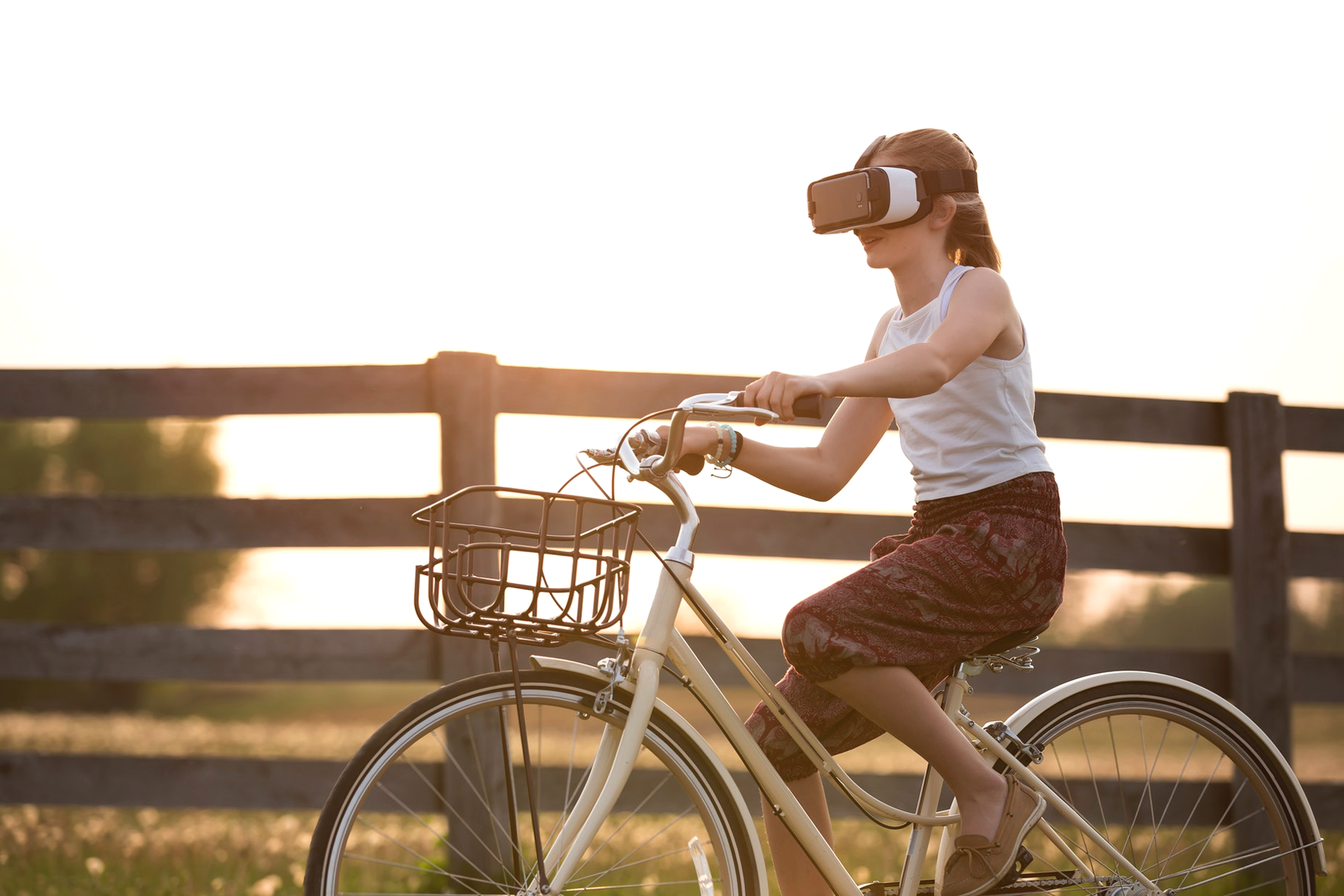More and more, we are living our lives in front of a screen.
Teens are on screens 11 hours a day…and a 2017 survey found that 25 percent of Millennials spend an average of five hours a day using their phone; a quarter of Millennials check their phones more than 100 times a day.Apr 17, 2018
There has been a significant amount of clinical research indicating that, in large part, this mental health crisis has been driven by the digital landscape and our 21st century lifestyles:Increased isolation; being more sedentary as we sit in front of a screen; a lack of meaningful connection in the social media age; a decreased sense of purpose and meaning in a post-industrial mechanized and de-humanizing digital world.
Indeed, according to Dr. Steven Ilardi, the University of Kansas psychologist, researcher and author of The Depression Cure (Da Capo, 2009) “Americans are 10 times more likely to have depressive illness than they were 60 years ago…and a recent study found the rate of depression has more than doubled in just the past decade”.
Thus, according to Ilardi, “We feel perpetually stressed.”
Dr. Ilardi had found that certain societies-such as the American Amish and the Kaluli people of Papua New Guinea, had essentially zero rates of depression or other mental health disorders. But how can this be? We are all essentially wired the same way–have the same DNA. And these cultures that were much more mentally healthy than ours certainly didn’t live stress-free lives. Indeed, by many measures, it is a lot more difficult living as a hunter-gatherer in New Guinea or working from-morning-to-dusk as the Pennsylvania Amish do.
So then how and why are they so mentally healthy?
Answer: Their lifestyle.









